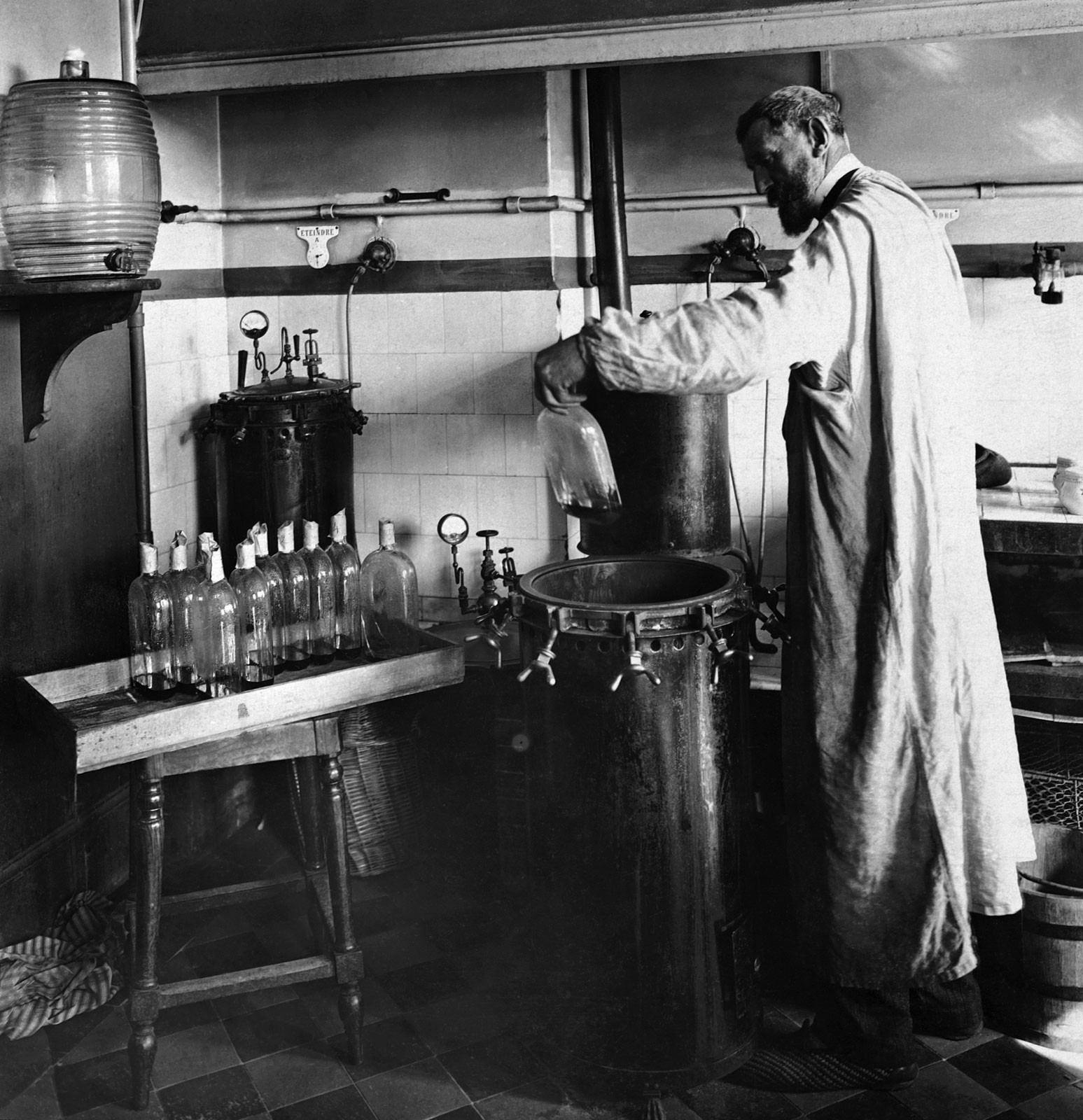So what if you boil your milk?
posted on
December 21, 2018

You just went through a good amount of effort to get your radically old fashioned raw milk, and then you boil it?! What gives? Let’s look into this more closely to understand the reasoning, benefits, and compromises of boiling milk.
First, let’s talk about the reasons why someone might boil their milk. There are two common reasons - culture and fear.
Some people boil milk because they are afraid of the living microorganisms in unprocessed dairy. Perhaps they have an immune deficiency. There’s a small chance they are allergic to specific bacteria. Or maybe they’ve been conditioned to believe that raw milk is dangerous.
And some people boil milk because that’s how their mother, grandmother, great grandmother, and so on did it. We have a good amount of members from India who boil their milk. They come from very hot regions of India. Boiling the milk helps it keep longer in the sweltering heat. It’s simply part of their culture.
When you heat milk, some things are lost and some things are gained. It’s a compromise.
When it comes to lactase, you are trading taste for digestibility.
Milk in its raw form contains living microbiology that can jumpstart your body into producing lactase, the enzyme your body produces to break down the lactose in milk. Lactose is a milk sugar that makes milk sweet. The probiotics in raw milk will continuously breakdown lactose. It’s slower when colder, but it’s still happening. This is what makes raw milk slightly more sour day by day and eventually clabber.
When you heat milk above 135 F, the microbiology naturally present in milk is obliterated. This prevents your milk from souring. How wonderful to have fresh tasting milk! On the other hand, boiling milk removes the microbiology, which your body needs to digest lactose.
When it comes to microorganisms, you are either embracing the micro-biodiversity of life and digestibility or fearing and discarding all microorganisms.
Fresh unprocessed milk contains a bounty of live microorganisms. In addition to lactase, there are beneficial bacteria and enzymes that cleanse and add to your digestive system to help you break down and process all food - not just milk. However, there is also the potential for harmful pathogens transferring to milk produced by sick cows or dairies with unsanitary milking conditions.
Boiling milk will effectively eliminate all microbiology - good and bad. On the positive side, if there were any harmful pathogens, now there aren’t. On the bad side, once you boil milk, you lose all beneficial microbiology, ultimately creating a vector for disease. Pasteurized milk goes bad in a very bad and dangerous way.
Another note is that boiling milk destroys vitamins C, B12, B6 and more. There is only a loss here, unless you add minerals back to (fortify) boiled milk.
Yup. There certainly are some big compromises when it comes to pasteurization. There’s no one right way about this. Pasteurization is truly a personal choice.
Whether you are on the fence with pasteurization or are confident in your decision, you can do a simple experiment at home to explore what pasteurization does to milk. It’s fun (and a little gross) to see what happens.
Take your raw milk, and boil some. Make jars of both raw milk and boiled milk. Label them accordingly; don’t forget the date. Now let them sit, some in the fridge and some at room temperature. Can you make a prediction? What will happen over time?




